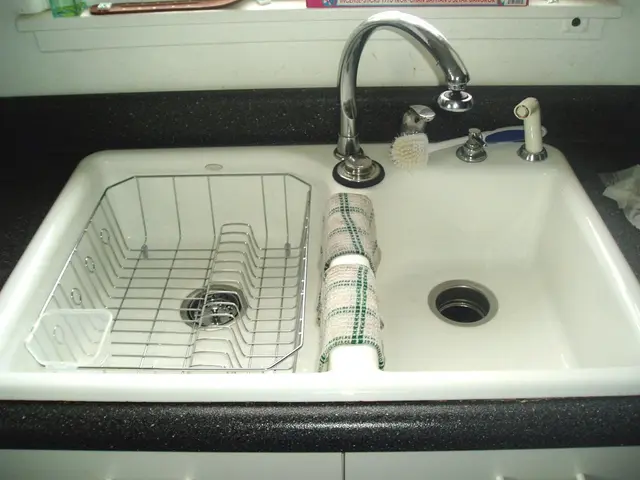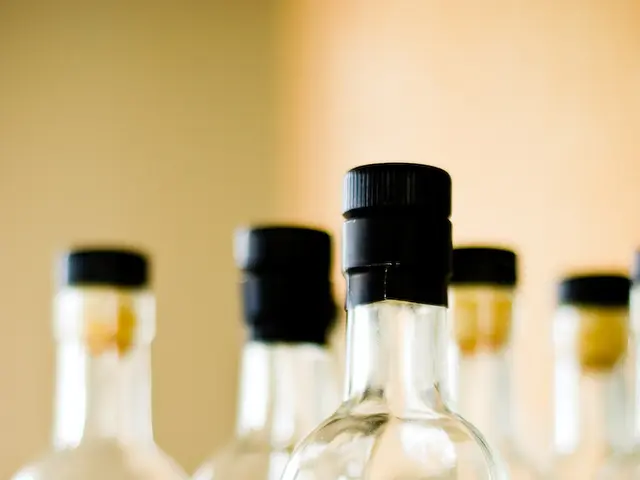Menstrual Cup Suitability: A Comprehensive Analysis
In the ongoing quest for more eco-friendly and convenient menstrual products, the menstrual cup has emerged as a popular choice for many women. This flexible cup, designed for use inside the vagina during menstruation to collect blood, has been around since the 1800s, with the first patent for a menstrual cup design awarded in 1867.
Menstrual cups offer several advantages over traditional tampons and pads. For starters, they provide a longer wear time, making them convenient for overnight use or long activities such as travel and sports. With a typical lifespan of up to 12 hours, they can be worn comfortably for extended periods without the need for frequent changes.
Another significant advantage is that menstrual cups do not cause dryness or odour, unlike pads or tampons, as they collect menstrual fluid rather than absorbing it. This feature makes them a more hygienic and comfortable option for many users.
Moreover, menstrual cups are reusable, reducing waste compared to disposable tampons and pads. Over time, using a menstrual cup can save money since it is a one-time purchase that lasts for years. Additionally, they are a more sustainable choice, contributing less to landfill waste and reducing the carbon footprint associated with the production and disposal of disposable menstrual products.
Menstrual cups are also suitable for swimming and active lifestyles, as they can be worn during swimming and vigorous activities without discomfort or leakage. Furthermore, they can be used along with hormonal coils or intrauterine devices (IUDs), making them a versatile option for those who use these forms of contraception.
However, the use of menstrual cups is not without its challenges. For one, they require some practice to insert and remove correctly and comfortably, which can be a barrier for some users. Insertion and removal can also be messy, which may feel less convenient or hygienic to some.
Moreover, menstrual cups may not be suitable for everyone due to anatomical differences or medical conditions. For instance, individuals with a dropped uterus or uterine prolapse may find it difficult to use a menstrual cup properly. Additionally, those who have an IUD in place should exercise caution, as using a menstrual cup could potentially dislodge the IUD strings.
In public or travel situations, cleaning menstrual cups may present a challenge, as they must be washed and sterilized regularly. This requirement can be inconvenient, especially when access to clean water and soap is limited.
Despite these challenges, the global market for menstrual cups is expected to reach $1.89 billion by 2026, reflecting growing interest and acceptance of this sustainable menstrual solution. It is essential to remember that the choice between menstrual cups, tampons, and pads ultimately depends on personal comfort, lifestyle, and preferences.
In conclusion, menstrual cups offer environmental, cost, and usability benefits over tampons and pads but require an adjustment period and proper hygiene practices. With practice and patience, many women find that menstrual cups provide a convenient, eco-friendly, and cost-effective alternative to traditional menstrual products.
Women seeking healthier and more sustainable options for women's health may find menstrual cups, a health-and-wellness product, to be an appealing choice. In the realm of science and innovation, these cups address women's health by addressing issues such as dryness and odor, providing a hygienic and comfortable alternative to traditional tampons and pads.




